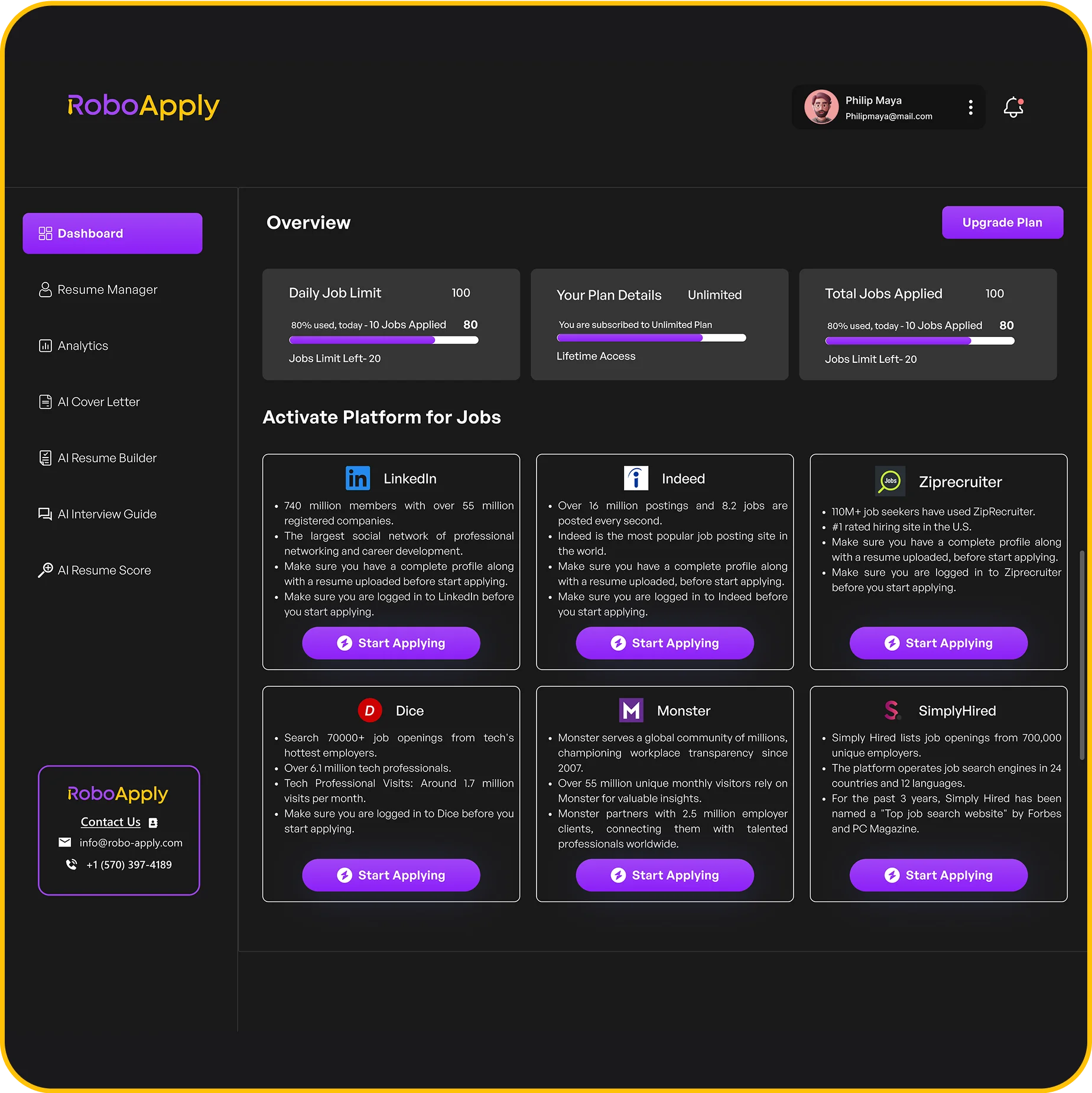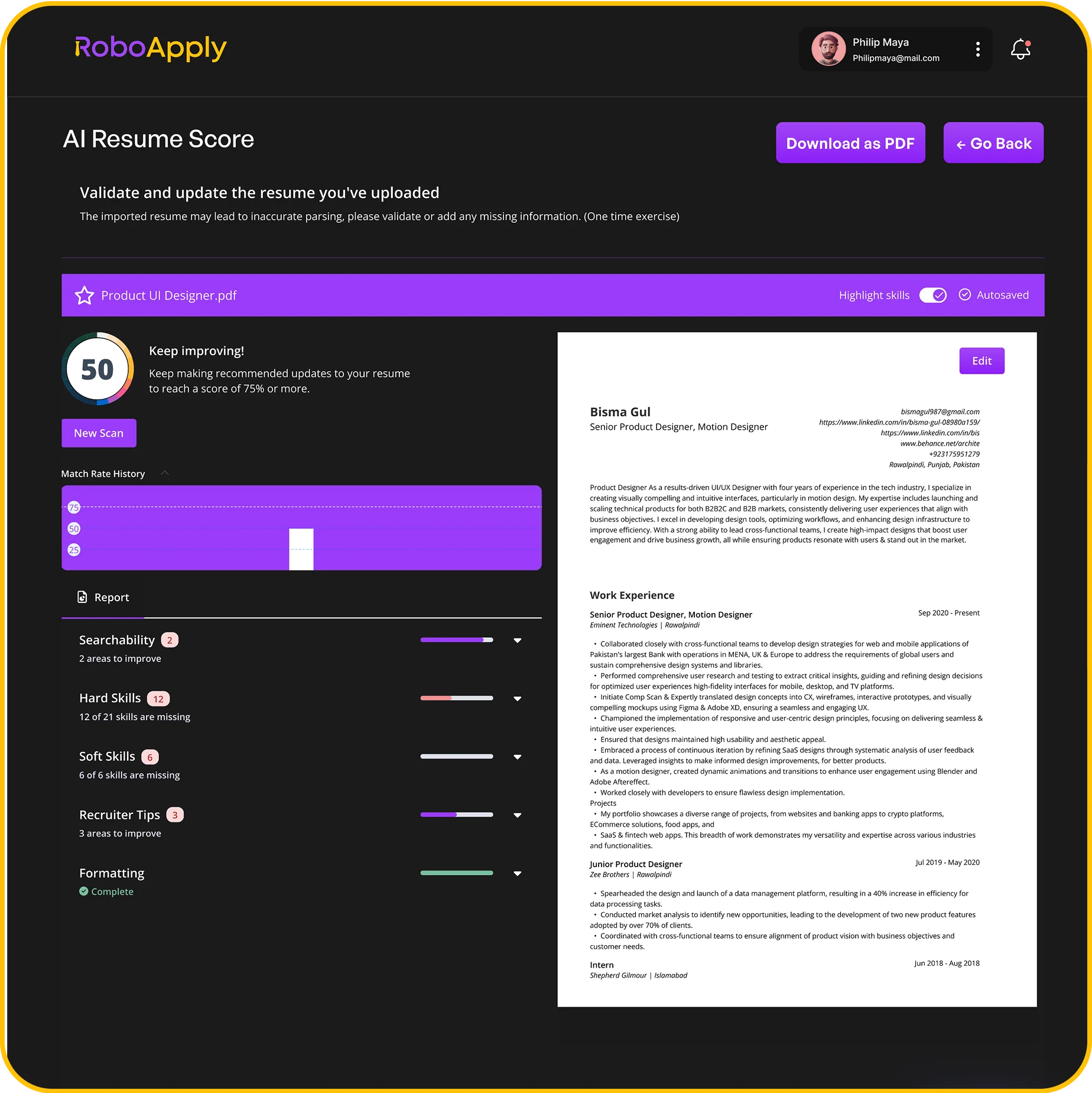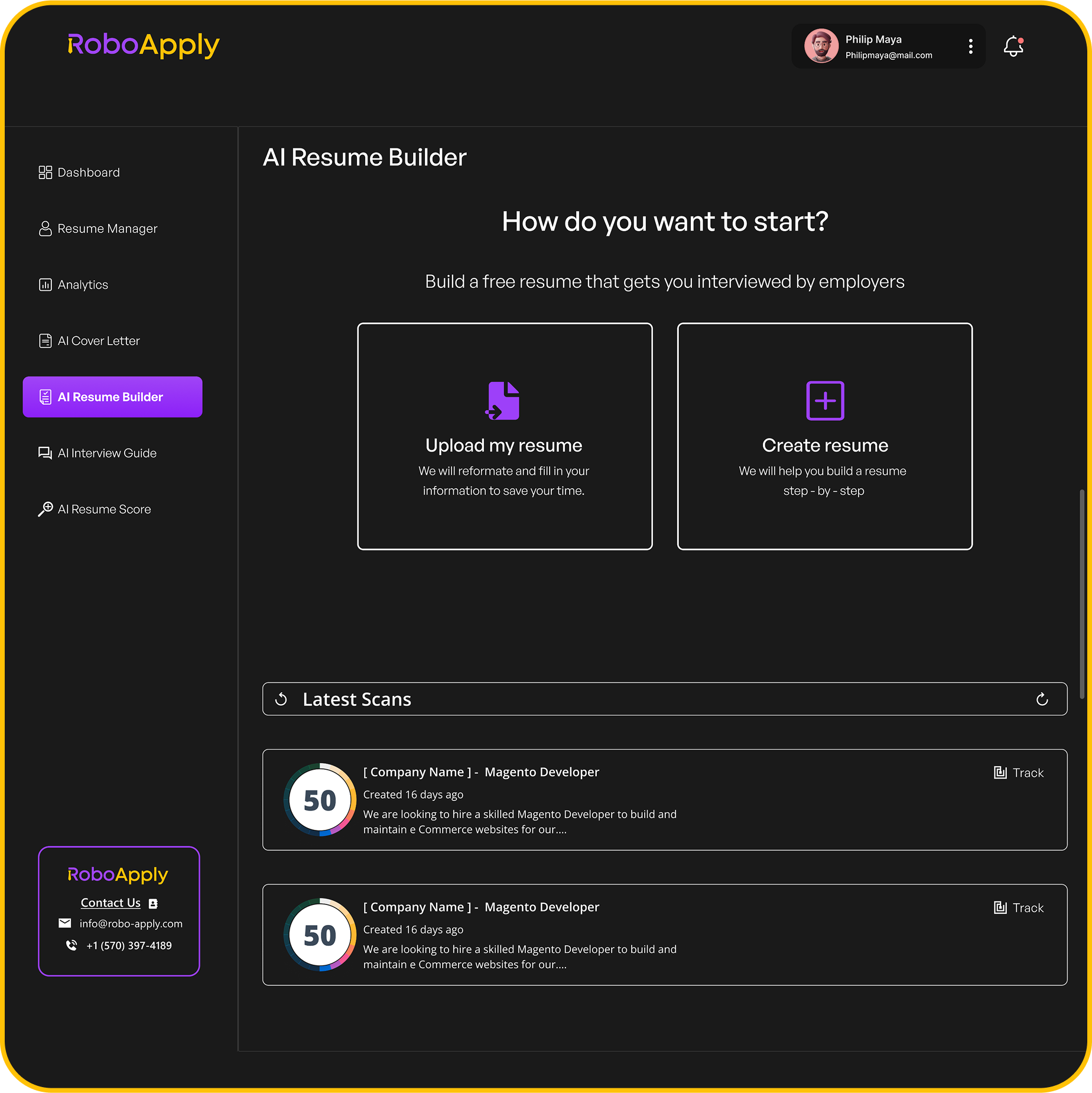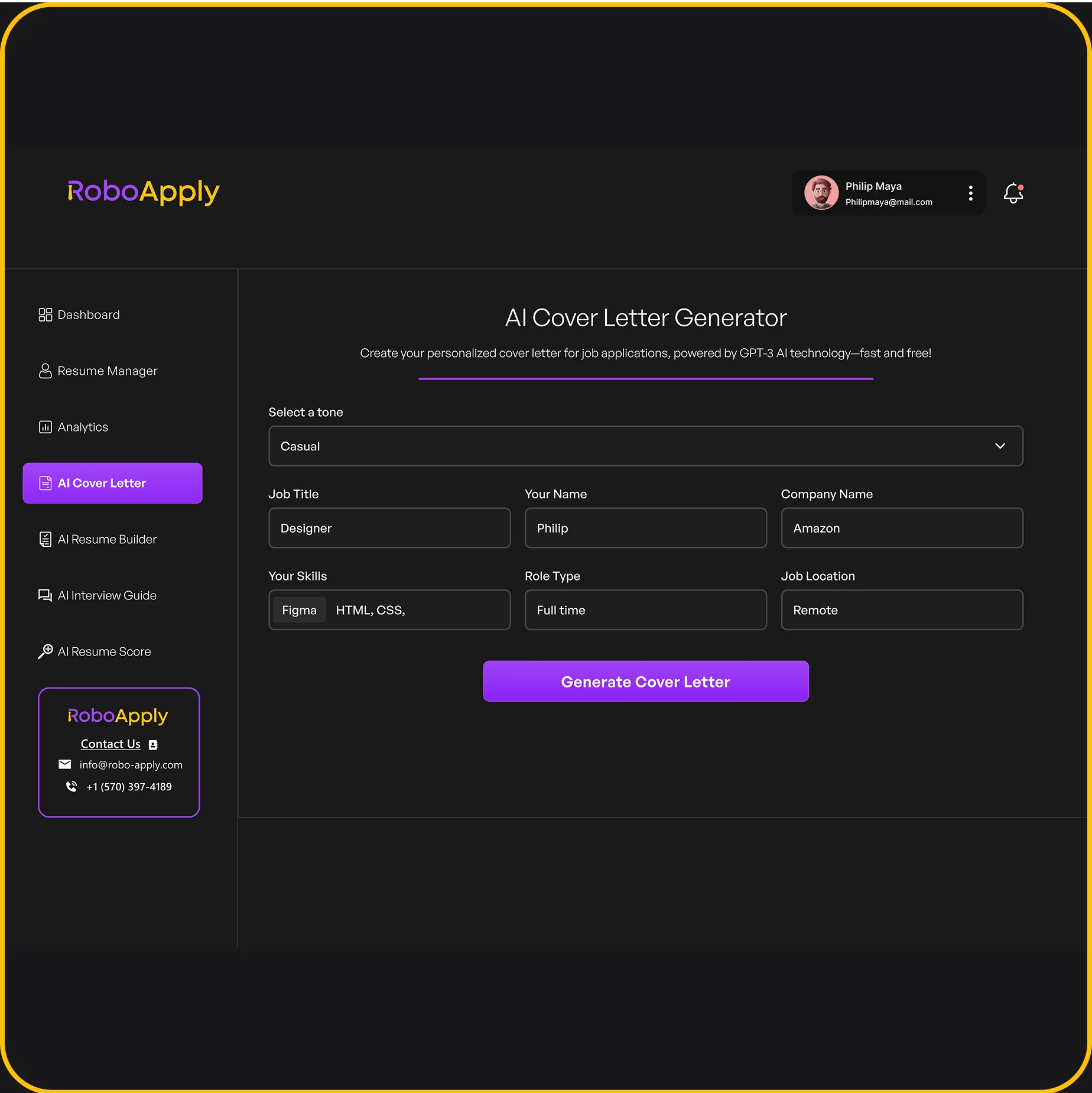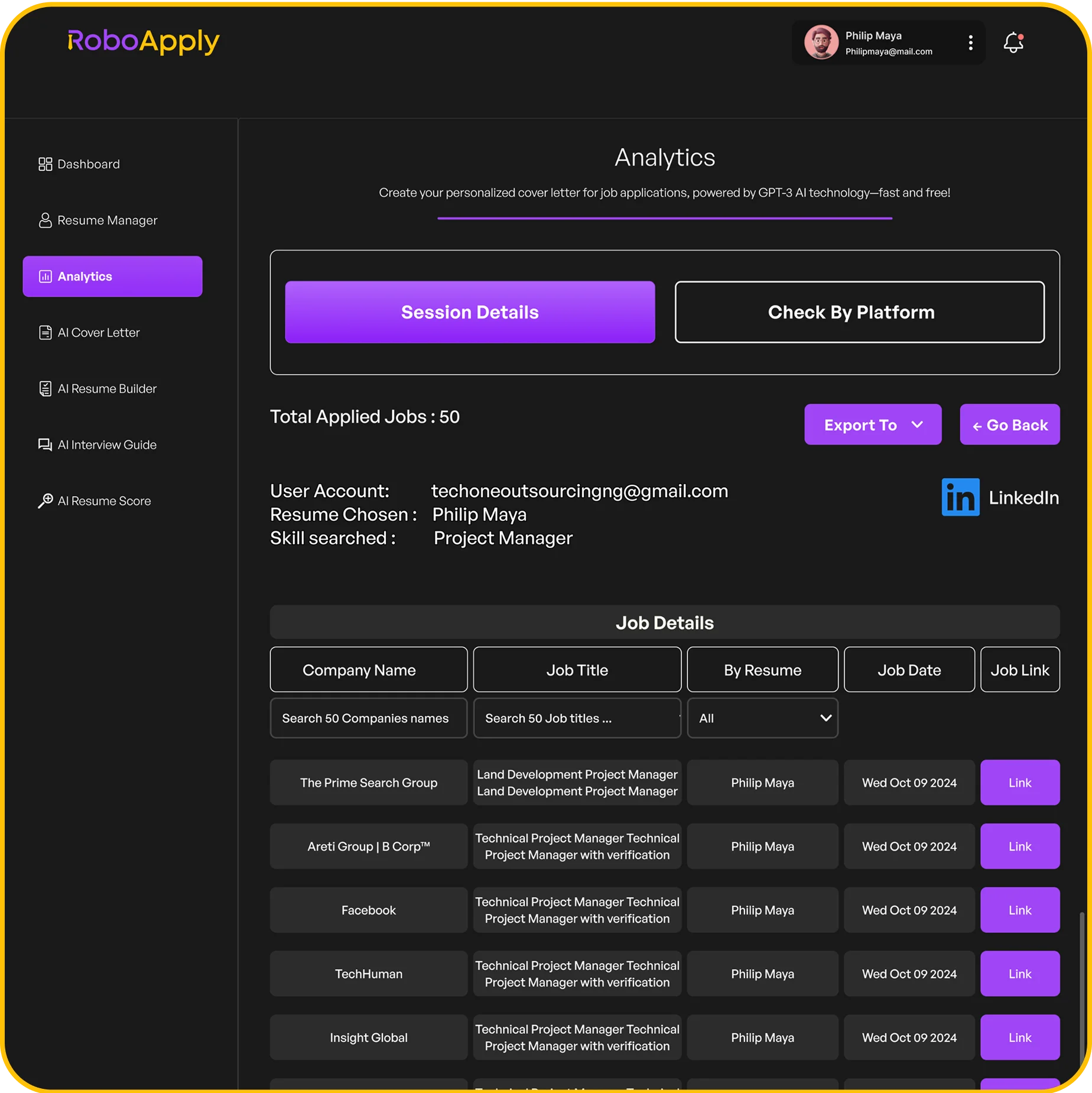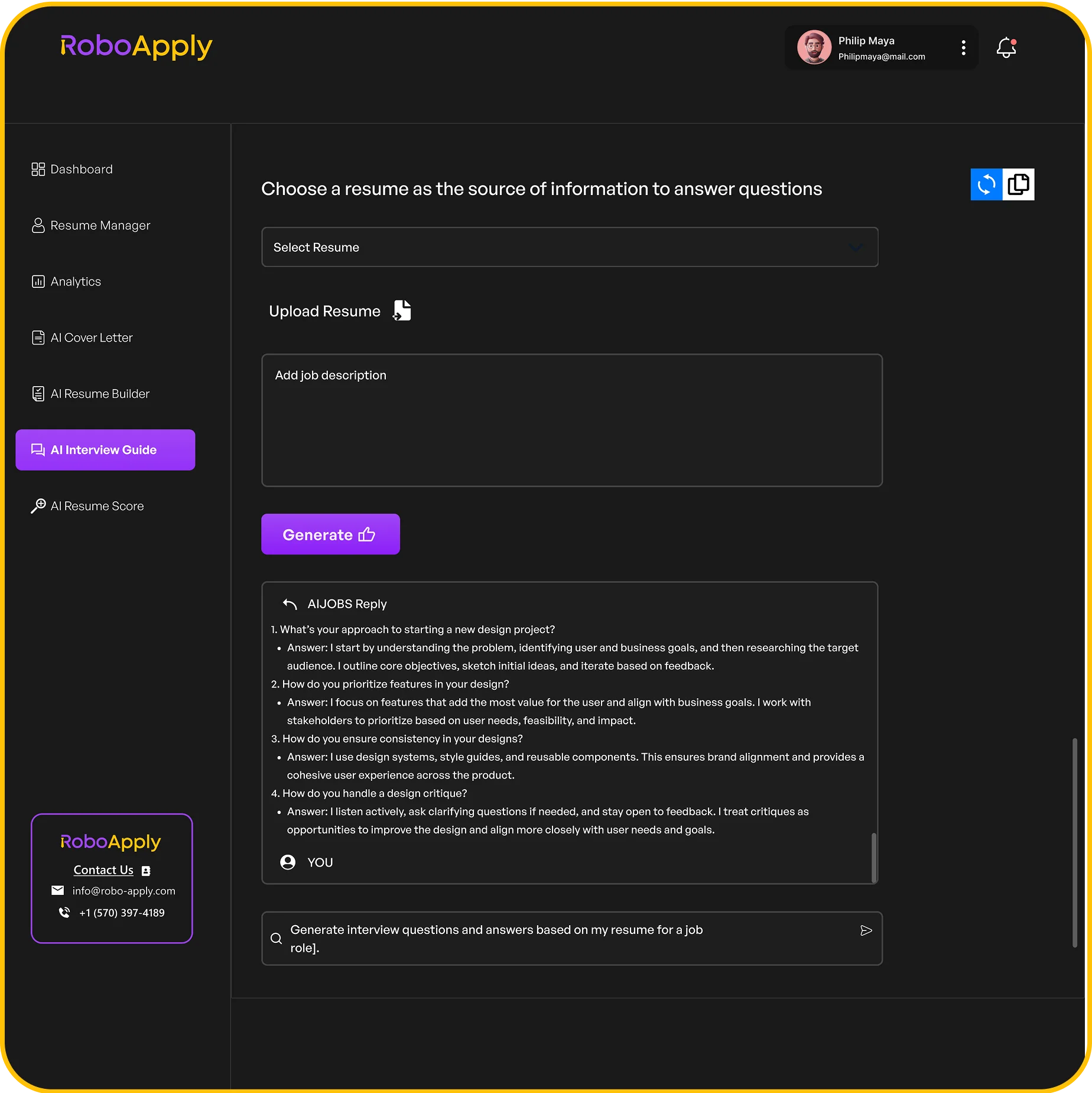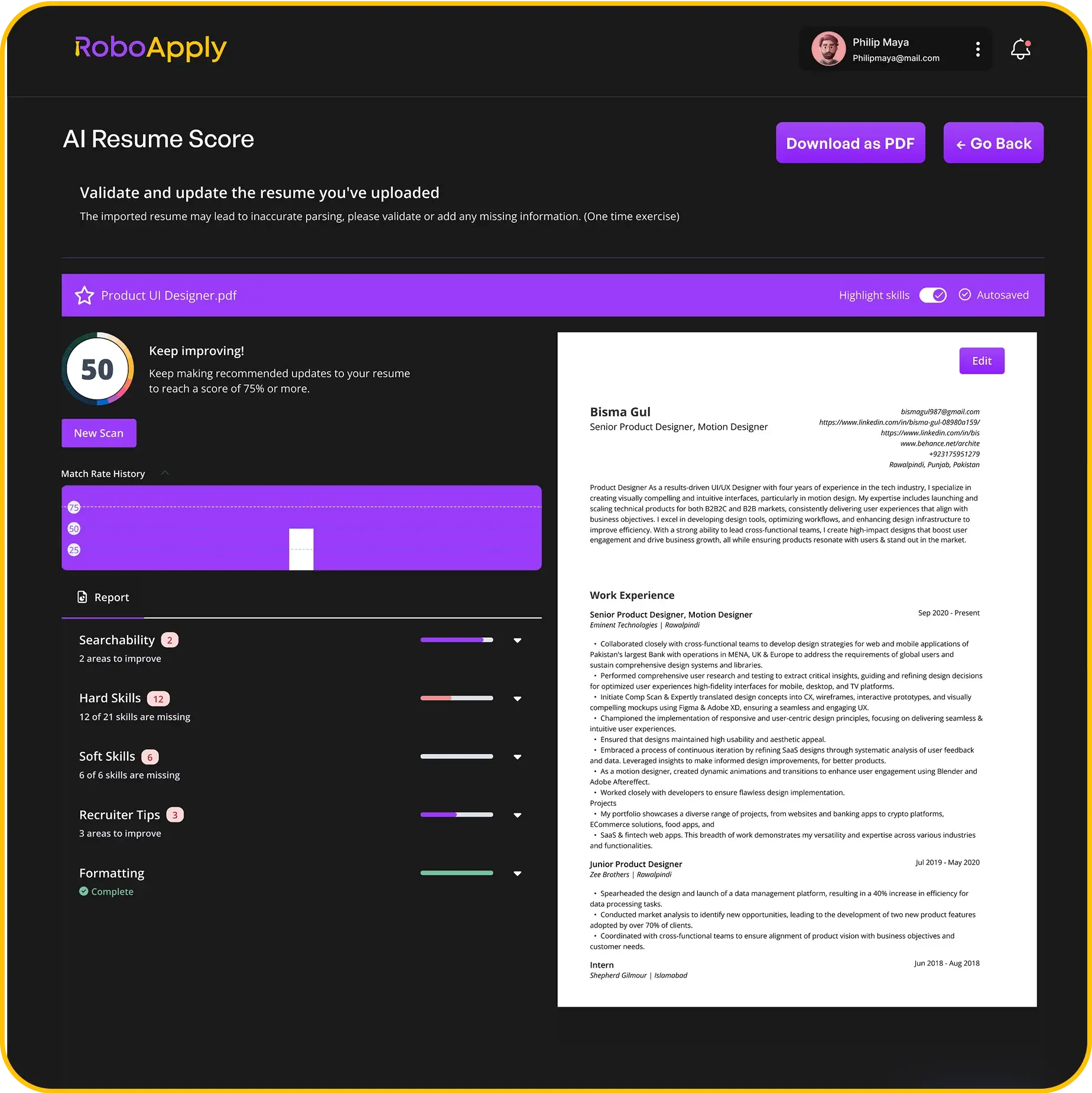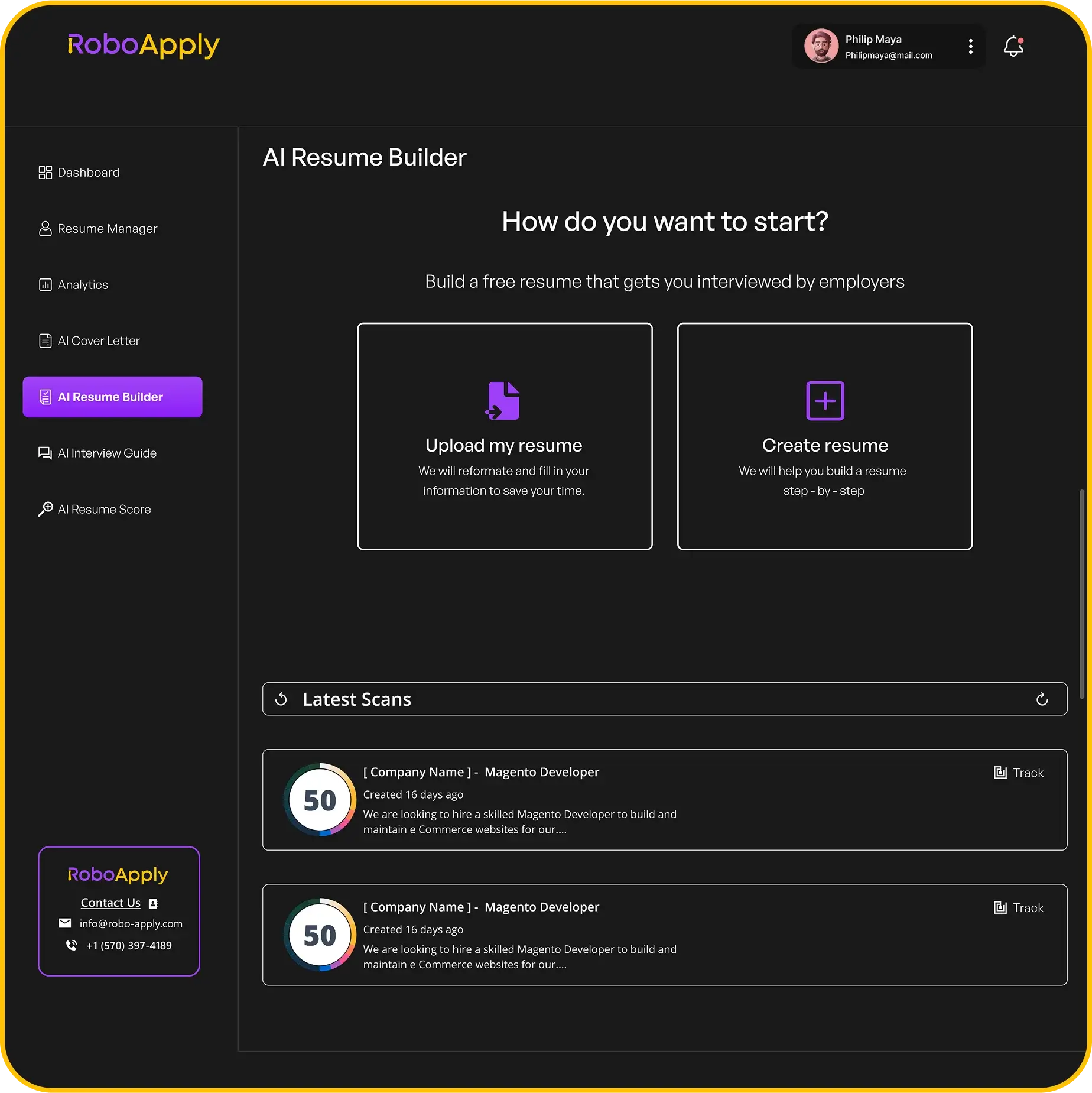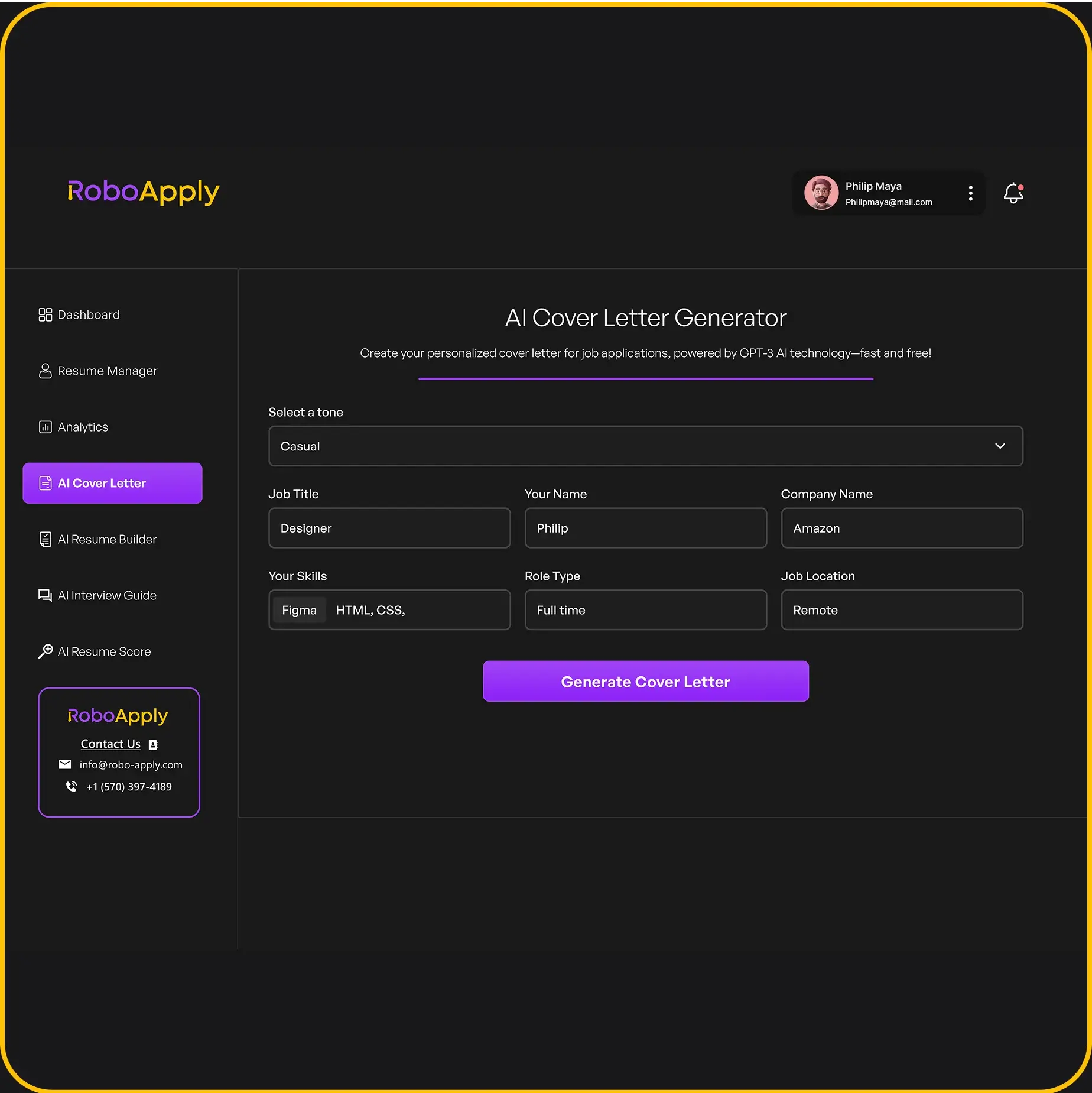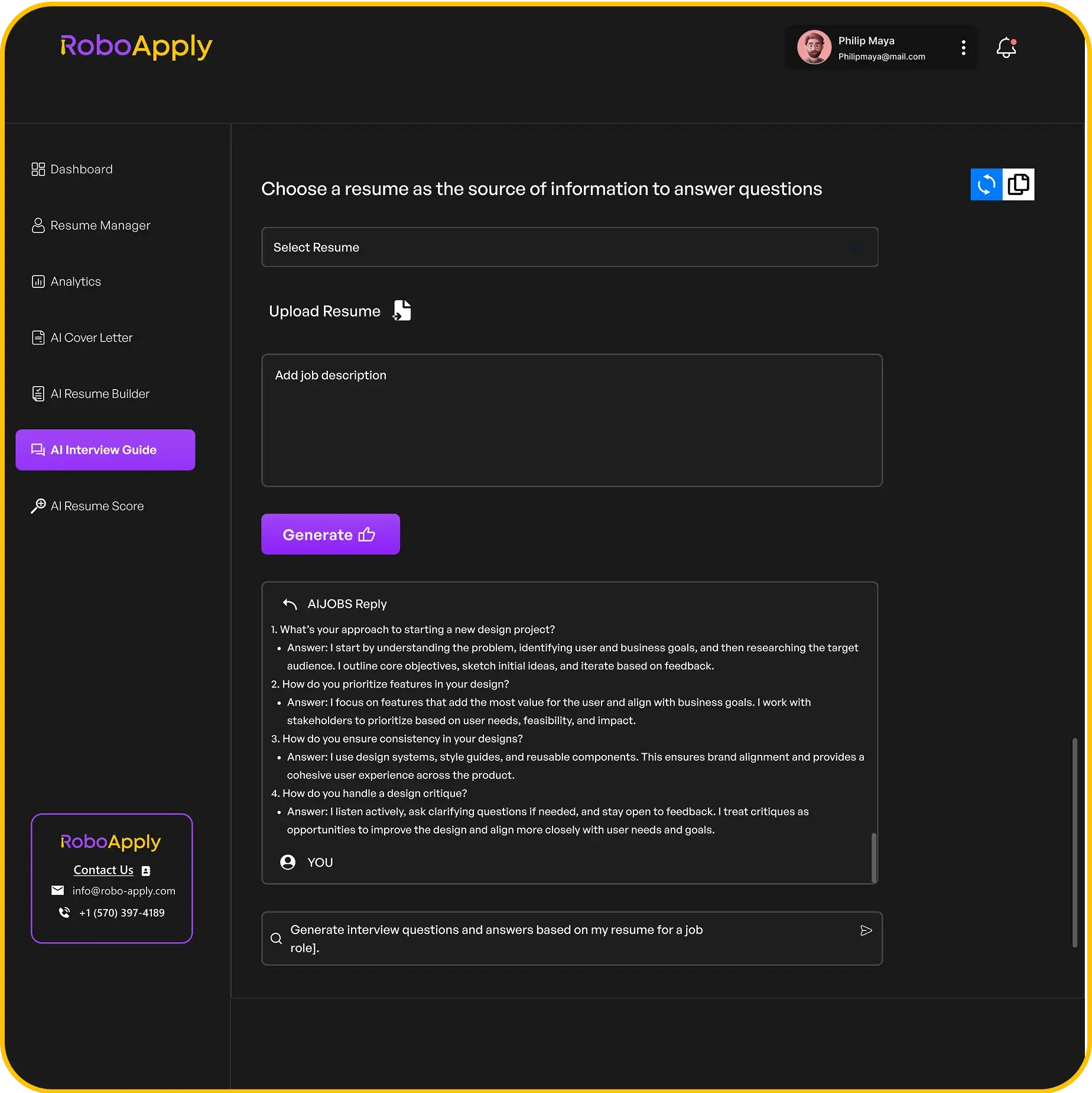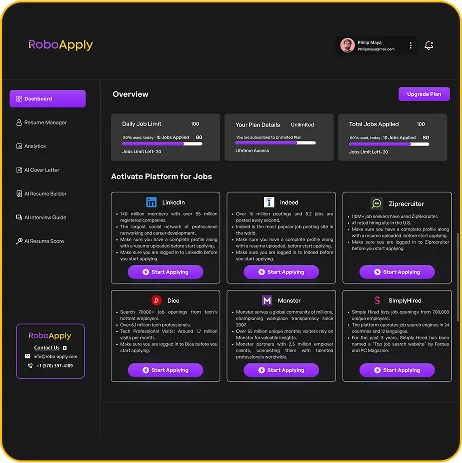So, you’re trying to get your resume just right, huh? It’s a tricky business, especially when you’ve got cool projects you want to show off but aren’t sure how to squeeze them in without making your resume look like a novel. This article is all about making your projects shine on your resume in a way that’s clear, to the point, and really grabs attention. We’ll cover why projects are so important, where to put them, and how to make sure they tell the best story about your skills. How to List Projects on a Resume | Powered by RoboApply.
Key Takeaways
- Projects on your resume are a big deal because they show what you can actually do, not just what you’ve been told to do. They prove you can solve problems and get things done, which is super appealing to employers.
- You’ve got a couple of good options for putting projects on your resume: either tuck them under the job where you did them or give them their own special section. Pick the one that makes the most sense for your situation.
- When you list projects, remember that quality beats quantity every time. Focus on the best ones, make sure to include key details, and don’t forget to mention any awesome results you got. If you have a bunch, an online portfolio can be a great way to show them all off.
Benefits of Listing Projects on Your Resume

Listing projects on your resume can really set you apart. It’s a chance to show, not just tell, what you’re capable of. Think of it as adding some serious weight to your application. RoboApply can help you tailor these projects to match specific job requirements, making your resume even more effective.
Showcasing Relevant Skills and Initiative
Listing projects allows you to highlight specific skills that are directly relevant to the job you’re applying for. It’s one thing to say you have skills, but showing how you’ve used them in a practical setting is way more convincing. It also demonstrates that you’re someone who takes initiative and goes beyond what’s expected.
Illustrating Problem-Solving and Tangible Results
Projects are a great way to show off your problem-solving skills. Employers want to see how you approach challenges and come up with solutions. By describing the problems you faced and how you overcame them, you’re giving them a glimpse into your thought process. Plus, you can highlight the tangible results of your work. Did you increase efficiency? Reduce costs? These are the kinds of achievements that catch an employer’s eye. Highlighting projects on a resume, such as an employee training program, can showcase quantifiable achievements.
Projects provide concrete examples of your abilities, making your application a powerful tool in your job hunt. They offer a glimpse into your work ethic and capabilities that a simple list of job titles can’t convey.
How to List Projects on a Resume: A Concise Approach

When adding projects to your resume, it’s important to pick the right format and placement to really show what you’ve done. It’s all about making an impact without overwhelming the person reading it. RoboApply can help you tailor your project descriptions to match the job you want, making sure the most important skills and results stand out.
Listing Projects Under Job Descriptions
Putting projects under your job descriptions can really highlight what you brought to the table. This way, you’re showing how you used your skills in a real-world setting. It’s a good way to show your accomplishments in the context of your work experience.
- Show how the project relates to your job duties.
- Use action verbs to describe your role.
- Quantify your achievements whenever possible.
This approach works best when the projects are directly related to your job and demonstrate skills relevant to the position you’re applying for. It helps to create a clear narrative of your career progression and skill development.
Creating a Dedicated Project Section
If you’ve got a bunch of projects that don’t really fit under a specific job, or if you’re trying to showcase research projects, a separate project section is the way to go. This is especially useful for students, recent grads, or people changing careers. It lets you highlight skills and experiences that might not be obvious from your work history.
- Give each project a clear title.
- Include a brief description of the project’s goal.
- List the technologies or skills you used.
This section should come after your work experience and education. It’s a chance to show off your initiative and passion for your field. RoboApply can help you organize this section to make sure it’s easy to read and highlights your best work. For example, if you’re in marketing, you can use RoboApply to create a creative marketing resume that really grabs attention.
Optimizing Project Presentation for Impact

So, you’ve decided to include projects on your resume – great! But simply listing them isn’t enough. You need to present them in a way that grabs attention and shows off your skills. It’s about making a real impact on the person reading your resume. RoboApply can help you tailor your project descriptions to match specific job requirements, ensuring your resume always highlights the most relevant skills and experiences.
Quality Over Quantity and Online Portfolios
Okay, let’s be real – nobody wants to read a laundry list of every single project you’ve ever touched. Focus on the projects that best showcase your skills and achievements, especially those relevant to the job you’re applying for. Think of it like this: would you rather have a few amazing projects that demonstrate your abilities, or a bunch of mediocre ones that just take up space?
If you’ve got a ton of projects you’re proud of, consider creating an online portfolio. This lets you provide more detail and visual examples without cluttering your resume. It’s like giving the hiring manager a backstage pass to your skills.
Including Important Details and Highlighting Achievements
When describing your projects, don’t just say what you did – show what you accomplished. Here’s what to include:
- Project Title: Give it a clear and descriptive name.
- Dates: When did you work on the project?
- Description: Briefly explain the project’s purpose and your role.
- Results: This is where you shine! Use numbers and specific examples to show the impact of your work. Did you increase efficiency by 15%? Did you reduce costs by $10,000? Quantify your achievements whenever possible.
Think of each project description as a mini-story. Start with the challenge, explain your actions, and end with the positive outcome. Make it easy for the reader to understand your contributions and the value you brought to the table.
Here’s an example:
Project: Website Redesign for Local Bakery
Dates: June 2024 – August 2024
Description: Led a team of three in redesigning the bakery’s website to improve user experience and increase online orders.
Results:
- Increased website traffic by 30% within the first month of launch.
- Improved user engagement, resulting in a 20% decrease in bounce rate.
- Boosted online orders by 15%, leading to a significant increase in revenue.
Remember to tailor your project descriptions to each job application. Highlight the skills and achievements that are most relevant to the specific role. This shows the hiring manager that you’ve taken the time to understand their needs and that you’re a good fit for the position. You can customize project descriptions to fit each job application, emphasizing relevant skills and results. RoboApply can help you with this by suggesting keywords and phrases based on the job description, making it easier to create a targeted and impactful resume.
Making your project look good is super important for getting people to notice it. A clear and sharp presentation can really make your ideas shine and help you get that ‘yes’! Want to learn how to make your projects stand out? Check out our website for simple tips and tricks.
In Conclusion
So, when you put projects on your resume, you’re basically showing what you can do, not just telling. It’s like, you’re giving solid proof of your skills, which really helps your job application stand out. Just remember to make each project fit the job you want, focusing on the skills and things you achieved that matter most. If you do this, your resume can really get the attention of hiring managers and open up new chances for you.
Frequently Asked Questions
Why should I put projects on my resume?
Adding projects to your resume helps show what you can actually do. It’s like showing off your best school projects or hobbies that prove you’re good at certain skills. This makes your resume much stronger than just listing old jobs.
Where’s the best place to put projects on my resume?
You can put projects right under the job they relate to, especially if you did them as part of that job. Or, if you have a lot of cool projects, you can make a special section just for them. Pick the way that makes your best work stand out the most.
Should I list all my projects, or just a few?
It’s better to show a few really good projects that fit the job you want, instead of a ton of small ones. Also, if you have a lot of projects, you can put a link to an online page where people can see more of your work, like a personal website or a portfolio.


